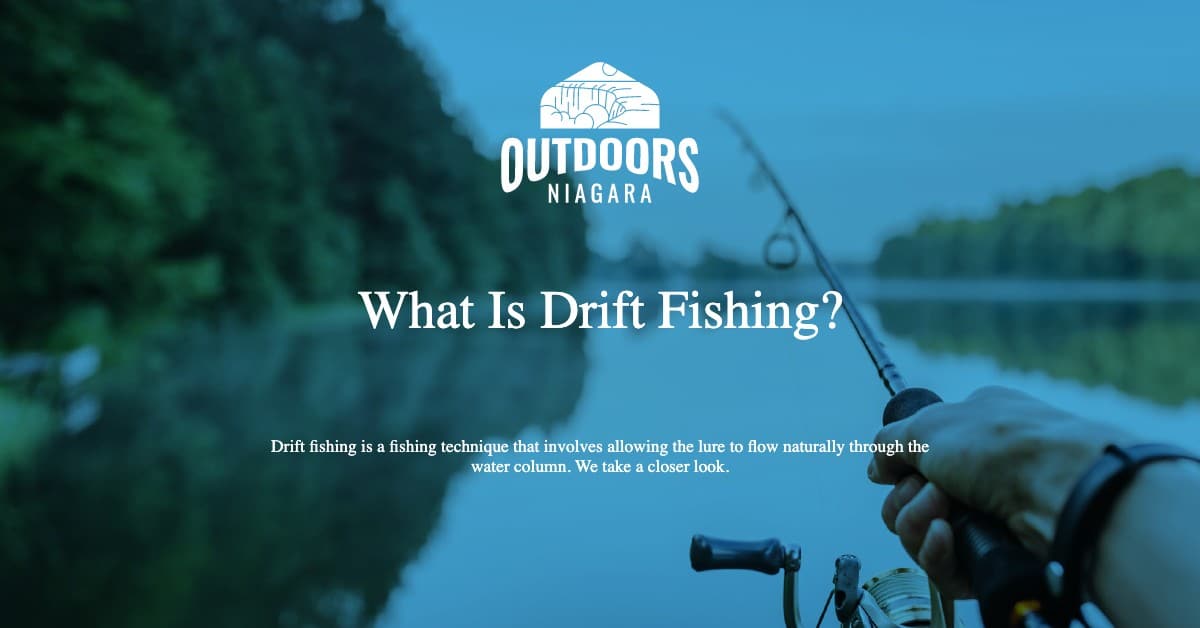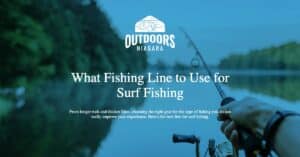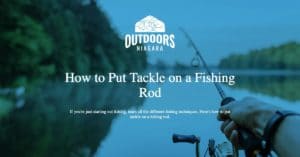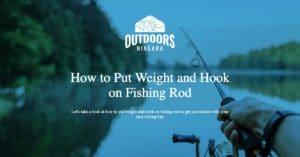Drift fishing is a fishing technique that involves allowing the lure to flow naturally through the water column.
This method of fishing is used for all waters, from rivers and lakes to the deep sea offshore.
The weighted lure or bait is cast upstream under a float and then drifts down to where the fish are.
In its simplest form, this fishing method mostly requires a fishing boat and tackle.
It is an incredibly productive technique and can be an excellent backup technique for anglers without an electric motor.
When properly executed, anglers could use this type of fishing to catch anything from sailfish and steelhead to catfish.
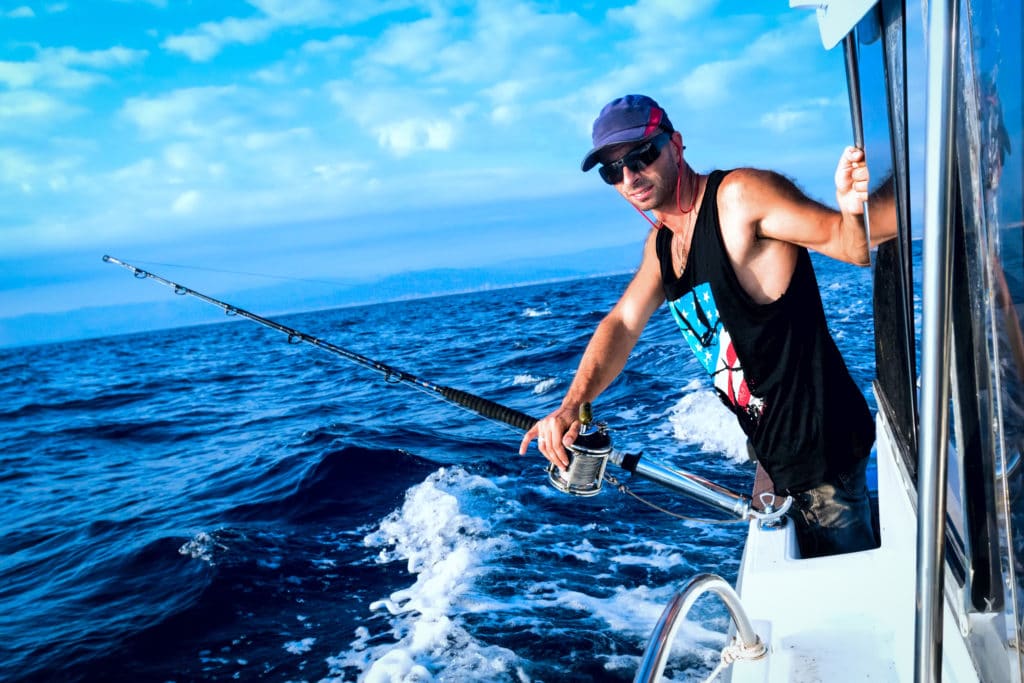
Contents
How Drift Fishing Works
Drift fishing largely involves the wind and the current.
Anglers use this fishing technique by allowing the current and wind to move the boat across the water’s surface while pulling the bait or lure along.
This type of fishing is an effective method you can use when in a new fishing location and still trying to learn the fish.
Anglers can choose to drift the lure or bait close to the surface by placing a bobber above it or drift the bait closer to the bottom.
Many anglers often incorrectly assume drift fishing is the same as bottom fishing.
The major difference between both fishing techniques is that drift fishing involves motion while bottom fishing does not.
Drift fishing provides a way for anglers to adapt to various conditions on the water.
You can adjust the boat’s speed when the current is too weak or too strong.
The boat’s speed can be adjusted using “controlled drifting,” which allows you to slow down or pick up the pace by using a kicker or trolling motor while holding the rod and bouncing the lure along the bottom.
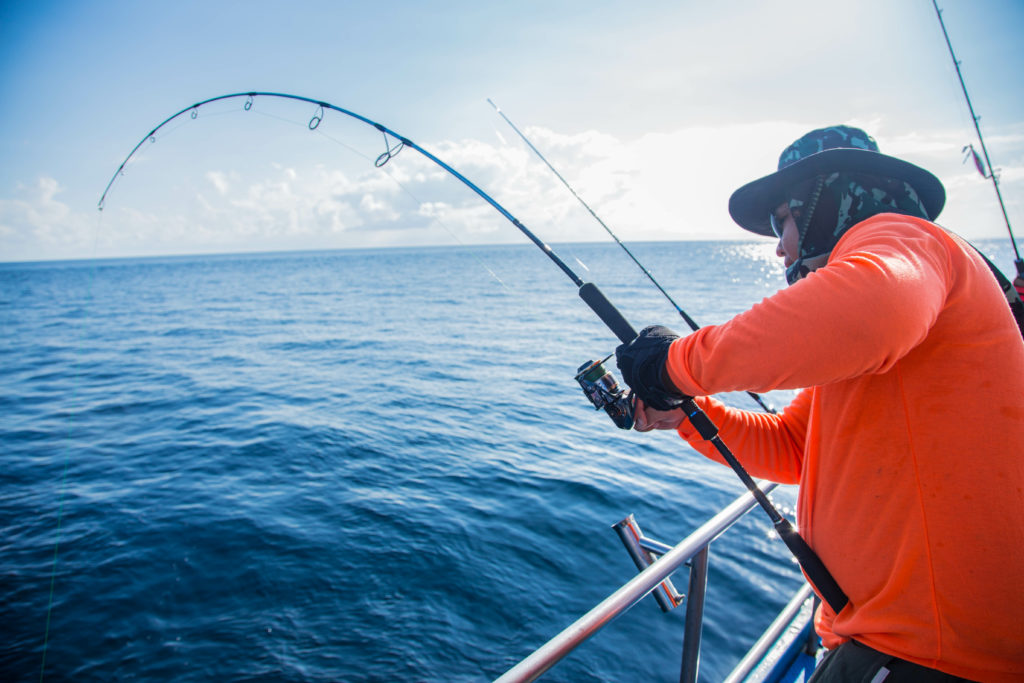
Places You Can Go Drift Fishing
Drift fishing can yield catches of varying sizes and species.
Determine what bait or lure works best for you, and you’ll be able to use their technique almost anywhere.
The species you can get by drift fishing depends on the water body you’re fishing in.
Places you can drift fish include rivers, lakes, inshore, nearshore, and offshore.
Rivers
Drift fishing in rivers is a productive fishing technique that will yield various species.
The catfish is a popular species found in rivers.
In the Pacific Northwest, drift fishing in rivers is an excellent way to catch sturgeon, salmon, and steelhead.
Lakes
There’s a higher chance of making a catch when drift fishing in a lake.
Catfish is one of the most targeted species when drift fishing.
Using this fishing technique, you can catch high-profile species, including walleye, trout, smallmouth bass, and northern pike.
Inshore
Drift fishing is not only effective in freshwater; it yields great results in saltwater too.
Many species of fish can be found swimming in shallow coastal waters.
These fish include striped bass, redfish, speckled trout, halibut, rays, flounder, and sharks.
Nearshore and Offshore
This fishing technique is used in deeper waters, producing deep-dwelling fish such as grouper and snapper.
Drifting along the water’s surface and mid-depth allows an angler to catch fish such as mackerel and bonito.
When this fishing technique is used offshore, it may occasionally catch tuna, wahoo, mahi-mahi, and sailfish.
Some vacation spots in the south, such as Fort Lauderdale and St. Pete Beach, offer laid-back nearshore and offshore drift fishing experience.
How to Drift Fish
Side drifting under a bobber is the most common form of drift fishing.
Side drifting under the bobber is quite easy once you follow these steps:
1. Observe the water
The target species’ location depends on the water’s current, depth, turbidity, and temperature.
The water condition also affects how much the fish can see and how unnoticed your activities will be.
A long leader, long cast, and light lure will work excellently in the summer, while you need the opposite in the winter.
2. Use the appropriate tackle
The tackle you’ll use in drift fishing depends on the target species.
The correct fishing rod, reel, and basic tools will make your drift fishing experience more pleasant.
3. Cast your bait or lure
After studying the water and having a rough idea of where the fish is, cast your bait way ahead of it.
You may reel in quickly if you need to, then try to keep the line off the water.
4. Wait patiently
Watch and wait as the lure drifts. Many fish will try the lure but spit it out before getting hooked.
Consequently, you should be setting your hook even if you only see the bobber stop.
If the bobber remains the same, reel in downstream and cast again.
5. Set a tight line
When casting, cast above where you expect fish to be.
When your jig is disturbed, assume a fish took the bait and set the hook hard.
This is the secret to being successful at side drifting.
Helpful Tips when Drift Fishing
- Identify suitable fishing grounds. You may want to use a GPS to mark out your target area and monitor your drift.
- Always adapt to the conditions. The drift will change as the day progresses, and the wind and current change. Watch out for changes and make necessary adjustments.
- Your rod tip angle should be at an angle of 45 degrees over the water surface following your line downstream.
- Pay attention to the water’s depth, and ensure your bait or lure reaches the target fish’s strike zone.
- Drift speed is critical. Ensure you have the right drift socks and know how to use them.
Final Thoughts
Drift fishing is an excellent technique that will do you a lot of good if you practice and hone your skills.
Regardless of where you find yourself, drift fishing is an incredible technique that will help you get acquainted with the water and give you an idea of where the fish are.
Beginner anglers and experienced ones can use this technique even when there’s no access to an electric motor.
Follow the steps in this article, use the tips, and have a pleasant experience drift fishing.

